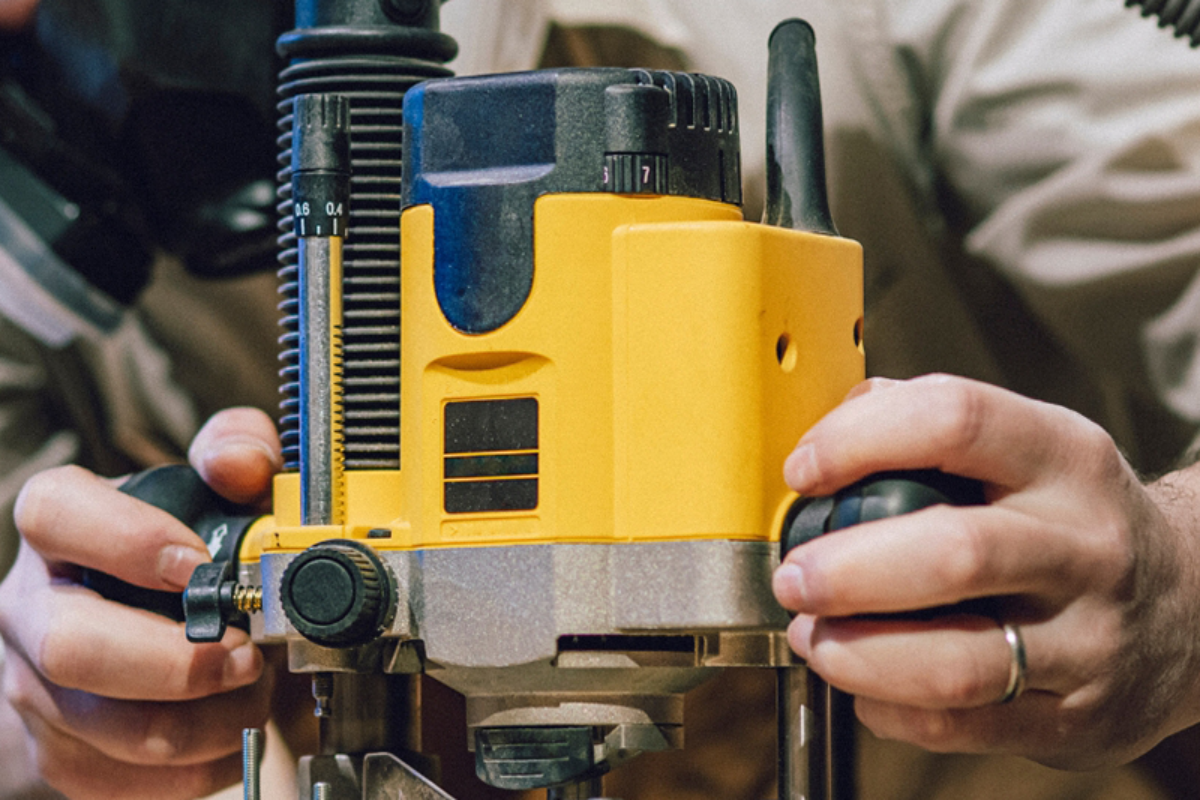Router Tool
A router tool is a versatile and essential power tool in woodworking, used to carve, shape, and hollow out sections of various materials like wood, plastic, and metal. Its ability to perform a wide range of tasks makes it invaluable for both professional carpenters and hobbyists.
Components and Design
At its core, a router consists of a motor-driven spindle that rotates at high speeds. The spindle holds a cutting bit, which performs the actual material removal. Routers are typically categorized into two main types:
-
Handheld Routers: These are portable and allow for greater maneuverability. Users guide the router along the workpiece, making them ideal for freehand tasks or edge detailing. They come in different sizes, such as compact and full-size, catering to various project needs.
-
Router Tables: In this setup, the router is mounted upside down beneath a table, enabling users to feed the material into the bit. This arrangement provides stability and precision, particularly useful for repetitive tasks or when working with larger pieces.
Types of Router Bits
The functionality of a router is largely determined by the bits it uses. These bits come in various shapes and sizes, each designed for specific cuts:
- Straight Bits: Used for cutting straight, flat-bottomed grooves and dadoes.
- Flush Trim Bits: Ideal for trimming edges flush with the surface.
- Round-over Bits: Create smooth, rounded edges on workpieces.
- Cove Bits: Used to cut concave, rounded grooves.
- Chamfer Bits: Make angled cuts on the edges of materials.
- Dovetail Bits: Perfect for creating dovetail joints, essential in cabinetry.
Applications
Routers are incredibly versatile, capable of handling numerous tasks:
- Grooving and Dadoing: Routers excel at cutting grooves and slots, essential for joinery and fitting pieces together.
- Edge Profiling: They can create decorative edges, enhancing the aesthetic appeal of furniture and trim.
- Joinery: Routers can produce precise joints, like dovetail and mortise-and-tenon, which are critical for strong, durable furniture construction.
- Inlay Work: The precision of routers makes them perfect for intricate inlay designs, adding decorative elements to projects.
Advantages
- Precision and Control: Routers offer excellent control over cutting depth and shape, allowing for highly precise work.
- Versatility: With the wide variety of bits available, routers can perform many tasks, from simple edge shaping to complex joinery.
- Portability: Handheld routers are lightweight and easy to maneuver, making them suitable for a wide range of tasks in various locations.
Safety Considerations
While routers are powerful tools, they require careful handling:
- Protective Gear: Always wear eye and ear protection to guard against debris and noise.
- Secure Workpiece: Ensure the material is firmly clamped down to prevent movement during cutting.
- Bit Installation: Make sure the router is unplugged when changing bits to avoid accidental activation.
Conclusion
The router tool is a cornerstone of modern woodworking, offering unparalleled flexibility and precision. Whether crafting fine furniture or performing detailed trim work, the router provides the necessary capabilities to achieve professional results. Its adaptability to different tasks and materials makes it a must-have tool for anyone serious about woodworking. By mastering its use and understanding the various bits and techniques, woodworkers can unlock a world of creative possibilities.




